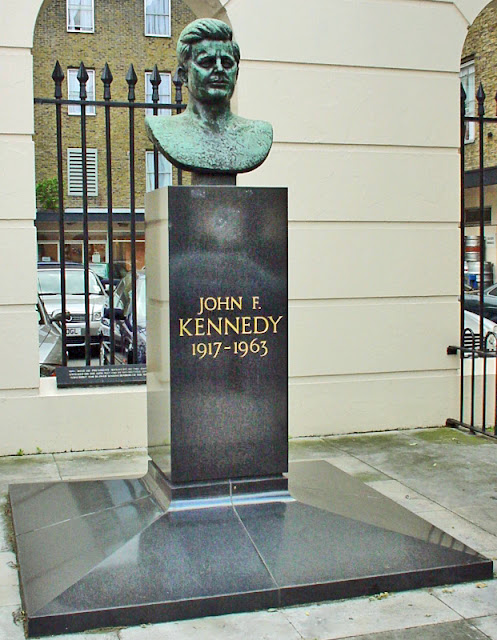As a person walks through the world he or she inevitably sees other people walking through the world, and it seems that lots of people have decided this is a suitable subject for art.
More often than you might imagine, you see sculptures of people walking through the world. This is Brancusi’s Walking Man:
You would have to say that Brancusi walked the walk as well as made the art. In 1903 and 1904 he walked from Bucharest to Paris – Peter made a film about it, Walking To Paris.
Of course there are walking women too, though not as many as we might like, including this one by Giacometti, Walking Woman1:
You’re unlikely to be walking along and suddenly come upon a work by Brancusi or Giacometti – for that you probably need to be in an art gallery or sculpture park - but I realized that in my walking, without actively looking for them, I’ve come across quite a few sculptures of walkers.
Not so long ago, walking in Holland Park I came across this by Sean Henry, titled Walking Man. The statue is painted bronze but the path he’s walking on is genuine concrete:
And I was reminded of the Walking Manin Sheffield by George Fullard, which I know fairly well, being a deracinated Sheffielder. It’s positioned outside what is now called the Winter Garden. I feel that most Sheffield walkers aren’t quite as lean as that statue – but let’s call it artistic license.
Naturally there are some interesting ironies in all this. The viewer is walking but even though the statue shows somebody walking they’re perfectly still, frozen in a moment. And sometimes of course the human walker stops to admire the stopped walking statue. As in this statue by George Segal, titled Walking Man which is at the (wait for it) Walker Art Center in Minneapolis.
And then it clicked that Sean Henry, the artist who made the walking man in Holland Park was also responsible for this Walking Woman in Colchester, who’s a favourite of mine.
Apparently there are different versions of Sean Henry’s woman, placed in different locations, often in snowy climes. Frankly she doesn’t really look quite dressed for it.
And then there’s this fellow by Toni Matelli, titled Sleepwalker,who was in Regent’s Park for Frieze Sculpture 2023, who doesn’t seem to be dressed for anything at all.




























